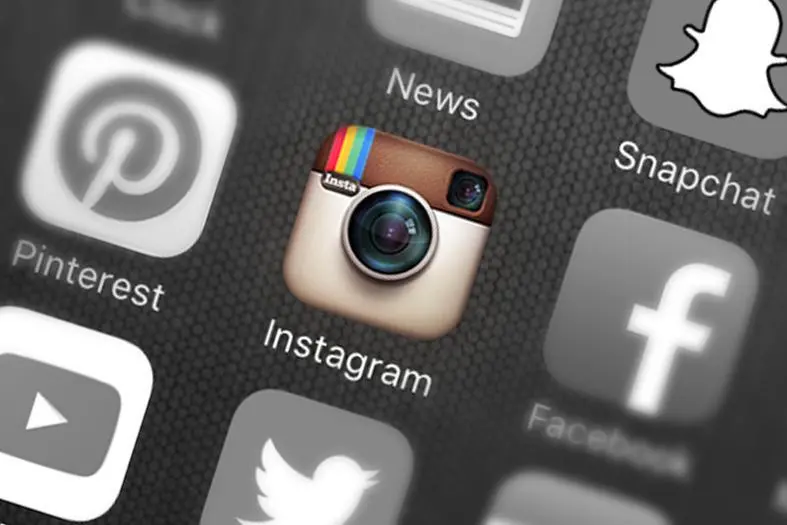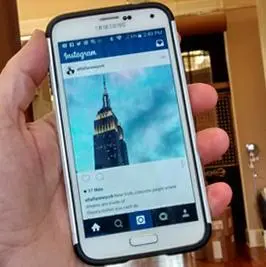
Instagram was launched in the Spring of 2010. In just five years it has grown into a powerful social media force, one not to be overlooked.
Its growth has outpaced the other top four social media platforms in recent years: Facebook, LinkedIn, Twitter and Pinterest. Furthermore, Instagram has very dedicated users, who often use the platform daily. It’s firmly in advertisers’ demographic sweet spot: users are young, educated, and interested in shopping. Data also shows Instagram’s users are more open to brand interactions.
Advertising on Instagram is now available only to a chosen few, mainly those with over $200,000 to spend. However, there’s every indication Instagram will roll out advertising for everyone this year. Whether you’re planning to advertise or not, Instagram can be a great marketing channel for the right brand. (Jump straight to Instagram strategies for business).
Facts About Instagram
Instagram is a very young company that’s grown fast by teaming up with big players and keeping it simple. Instagram knows what it is and does it well, staying firmly in its own wheelhouse.
- Instagram is an app and focuses most on mobile users.
- In 2012, Instagram was purchased by Facebook for $1 billion, a mere 2 years after it launched.
- Its name combines “Instant Photo” and “Telegram.”
- It had 50% growth from 2013 to 2014, making it the fastest growing social media channel.
- Instagram has reached at least 300 million users.
Instagram Users
Instagram users are young, visual, and growing extremely fast.
- Since Instagram users like to shop, the platform is slowly embracing e-commerce.
- Instagram’s audience is more likely to engage with content.
- Instagram has advertising, but it’s not ready for everyone. In early 2015, it costs $200,000 to start.
- 45% of Instagram users are college-educated.
- Its users are often younger than Facebook users.
- Instagram users are mostly women.
Instagram Strategies
- Come up with themes for your posts and/or a visual style, instead of randomly posting “things that look cool.”
- Consider timing posts to correspond with events. NET-A-PORTER used Instagram to socialize and build publicity around their magazine’s launch.
- Combine events and themes into a campaign to get users involved. Marc Jacobs used Instagram to cast models using the hashtag #CastMeMarc.
- Creatively combine visuals with hashtags.
- Integrate the Instagram API with a website, such as Nau Clothing, Ann Magnin Inc, and Meet the Moment did.
- Track your Instagram metrics, follow hashtags, and discover other useful analytics with Iconosquare.
- It’s a great source for user-generated content (UGC).
Advertising Options
- Advertisers can use the “carousel” to tell visual stories.
- Advertisers can link images to products or landing pages.
Instagram started selling ads in late 2013, and its clients have included top brands like Levi’s, Ben and Jerry’s, Disney and Banana Republic. It started with sponsored images and evolved to offer sponsored videos.
Until recently, brands have mostly used the app as billboard space, flashing ads at users as they scroll by. This “carousel” lets users tell a story with a series of images. This will only be offered on sponsored posts, not to everyday users or non-paying brands.
Instagram Wrap-Up
As you can see, Instagram is a powerful social network that is only getting stronger. It has an attractive user base for advertisers, offers brands a creative way to showcase content and engage users, and has proven very effective in building brand awareness and even business. While advertising on Instagram isn’t available to most businesses right now, that will likely change soon.
If your business hasn’t at least looked at a possible Instagram strategy, they should do so soon. It’s set to become one of the most powerful social marketing networks out there, bringing plenty of opportunities to those who use the strategically engage in the platform.
Comments
comments
